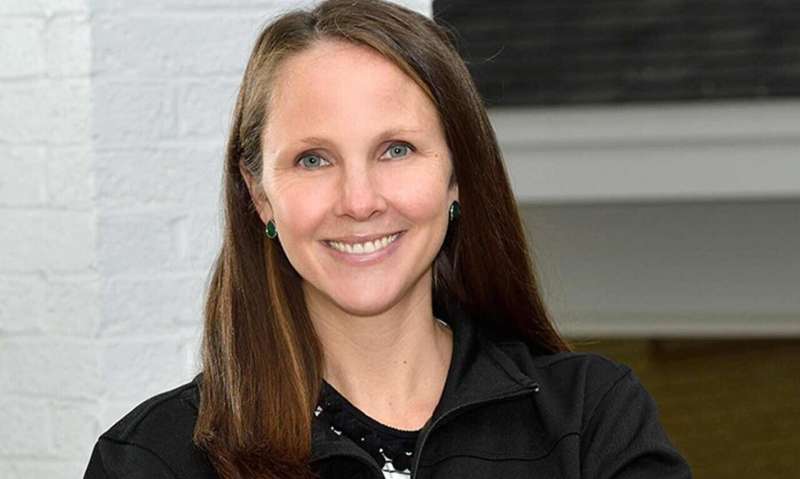Telehealth bridges and highlights rural health disparities

The COVID-19 pandemic prompted health care systems to expand their use of virtual medical visits, yet access to care remains out of reach for many rural residents due to a lack of broadband internet access.
The expanded use of telehealth technology by medical professionals has the potential to produce healthier outcomes, but it also is exposing the disparities in health status that still exist in rural areas, wrote Kelly Hirko, an assistant professor of epidemiology and biostatistics in the Michigan State University College of Human Medicine, in a commentary published in the Journal of the American Medical Informatics Association.
"Overall, rural populations are older and sicker relative to their urban counterparts and experience higher rates of cigarette smoking, obesity, diabetes and hypertension," Hirko said. "These preexisting health conditions, coupled with lower access to health care and higher poverty rates, place rural communities at particularly high risk for experiencing complications from COVID-19."
Those preexisting conditions and inadequate access to health care ultimately could make COVID-19 much more harmful for rural residents, Hirko wrote. Even before the pandemic, rural Americans on average had a life expectancy two years shorter than their urban counterparts.
As Medicare and Medicaid increased reimbursement for virtual visits during the pandemic, Traverse City-based Munson Healthcare rapidly expanded its telehealth services in its northwest Michigan region. Still, 33% of rural Americans and 40% of rural Michigan residents lack high-speed, broadband internet access compared with only 3% of the state's urban residents, Hirko wrote.
"The rapid implementation of telehealth programs in rural areas in response to the COVID-19 pandemic holds tremendous potential for addressing rural health disparities," Hirko said. "Overcoming issues in broadband access in rural settings, which limit the reach and effectiveness of telehealth initiatives, must be prioritized."
More information: Kelly A Hirko et al. Telehealth in Response to the Covid-19 Pandemic: Implications for Rural Health Disparities, Journal of the American Medical Informatics Association (2020). DOI: 10.1093/jamia/ocaa156




















